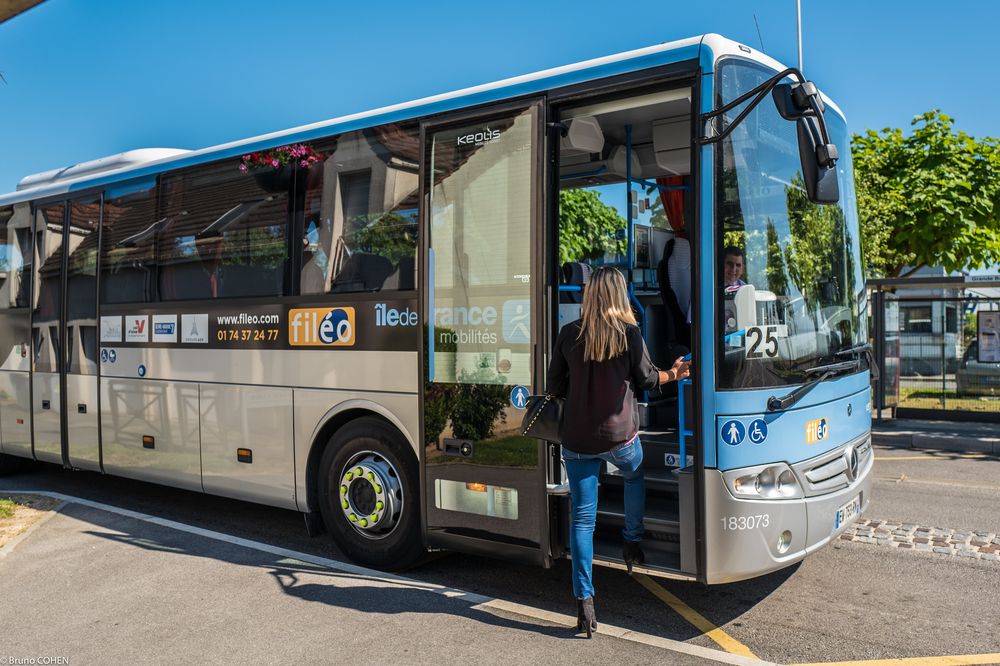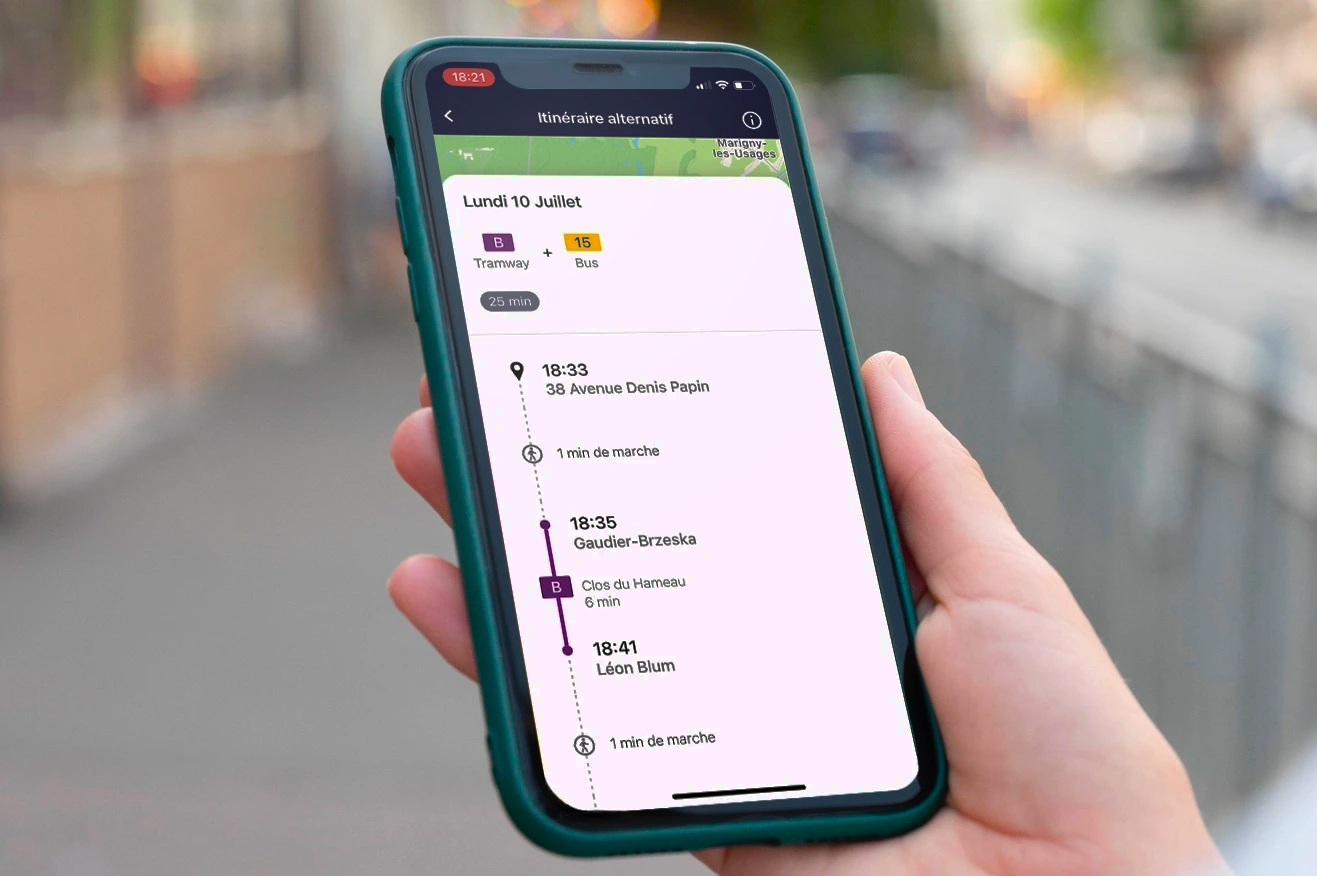Behind every On-Demand Transport (DRT) project lies a technical vocabulary that teams must master. Whether for a Public Authority launching its first tender or an operator evaluating a software solution, these terms structure discussions and guide strategic choices. This glossary compiles ten essential definitions, informed by field experience.
Operational Terms
Call Centre
- Definition: A structure where human operators receive transport requests by telephone and assist users with their bookings.
- Professional Implication: This human interface remains essential for some users, particularly the elderly or those unfamiliar with digital tools. Its sizing directly impacts operating costs and determines the perceived quality of service.
Dispatcher
- Definition: A professional who assigns trips to available vehicles in real-time, considering time constraints, geographical factors, and capacity.
- Professional Implication: The role is evolving with automation: algorithms handle standard cases while human expertise remains necessary for complex situations or urgent requests.
Virtual Line
- Definition: A DRT service that follows a theoretical predefined route, with stops only activated upon traveler request.
- Professional Implication: This approach reassures users accustomed to classic bus lines while retaining the flexibility of DRT. It also simplifies the service's understanding for elected officials and facilitates territorial communication.
Free-Floating / Point-to-Point Service
- Definition: A DRT service without fixed route constraints, allowing point-to-point journeys across the entire service area.
- Professional Implication: This is the most flexible mode but also the most demanding in terms of algorithmic optimization. Efficiency gains directly depend on the quality of the planning tools used.
Feeder Service / Feeder Connection
- Definition: A DRT service that connects specific areas to the main nodes of the structured transport network (train stations, metro stops, transit hubs).
- Professional Implication: This strategy maximizes the use of existing heavy infrastructure. The timely coordination with the structured services determines the attractiveness of the overall offer. The success of this strategy relies on efficient schedule coordination between the DRT and the heavy transport services.
Service Area
- Definition: The geographic perimeter within which the DRT service is authorized to operate and pick up users.
- Professional Implication: This perimeter impacts operating costs and influences economic viability. Its sizing results from a trade-off between territorial coverage and operational efficiency.
Optimization Algorithm
- Definition: A computer program that automatically calculates the best routes to minimize journey times and distances and maximize vehicle occupancy rates.
- Professional Implication: This is the technical core of modern DRT. Its performance determines the service's competitiveness against individual transport solutions.
Pooling / Ride-Sharing
- Definition: The grouping of several users in the same vehicle when their journeys have common or compatible segments.
- Professional Implication: This mechanism allows operators to maintain acceptable costs while preserving a personalized service. Its acceptance by users depends on the quality of the algorithms (optimizing the detour rate) and communication about the collective benefits.
Community Transport/Paratransit
- Definition: Adaptation of the service and vehicles to the needs of People with Reduced Mobility, in accordance with legal obligations and WCAG standards for digital interfaces.
- Professional Implication: This regulatory obligation structures tender specifications. Universal accessibility or pooling avoids the segmentation of specialized (Paratransit) and general (DRT) services, while also expanding the potential customer base and meeting public service requirements. PRM accessibility also includes staff training in welcoming and assisting people with disabilities inside vehicles.
Operator
- Definition: The company that ensures the daily operation of the DRT service (driving, maintenance, customer relations), distinct from the technology provider.
- Professional Implication: This separation of roles clarifies contractual responsibilities and allows Organizing Authorities to retain control over their mobility policy. The operator is responsible for the quality of the service provided to users and compliance with the contractual requirements defined by the Organizing Authority.
This technical vocabulary facilitates dialogue between all project stakeholders. Mastering it allows for informed decision-making during the design and operation phases.









